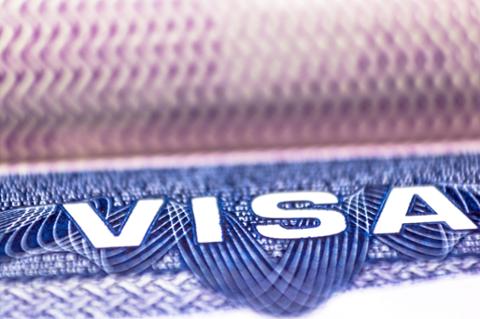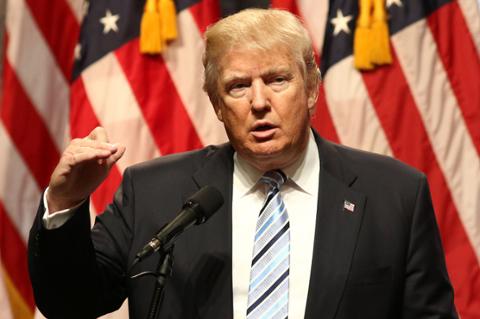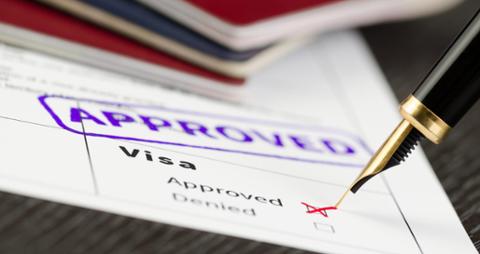“While current law only requires it for certain employers, which are few in number and can easily meet the wage and degree exemption, all employers should be required to certify that they have made a good faith effort to recruit U.S. workers before filing an H-1B petition, and have offered jobs to qualified and available American applicants. Although current law prohibits some H-1B employers from displacing U.S. workers, there are loopholes that must close. We have to make sure the H-1B program does not harm American workers who may be as qualified and willing to do jobs that foreign workers are imported to fill.”Whether those regulations come to pass is another matter entirely (especially since the current rumor-mill suggests Nielsen may soon leave the administration, which could slow any initiatives in progress). That aside, the administration’s incremental moves regarding the H-1B visa program could begin to have a material impact in 2019, especially if the new applicant pool structure is put in place.
Proposed H-1B Visa Reforms Could Have Big Effect in 2019
What does 2019 hold for the H-1B visa program? A whole lot of tightening up. When President Trump took office in 2017, many tech pros expected that he would order sweeping reforms of the H-1B visa system. After all, he had spent his campaign saying that the visas were “very, very bad for workers.” But after taking office, Trump didn’t rip out the H-1B system by the roots; nor did he leave it alone. Instead, the Department of Homeland Security (DHS) and the United States Citizenship and Immigration Service (USCIS) began to make smaller moves, such as suspending premium processing. However, all those small moves may add up to something substantial in 2019. For example, the Trump administration wants to fundamentally alter the H-1B applicant pools by having all applicants—including those with advanced degrees—enter the annual “general pool” of 65,000 visas; after that, any remaining applicants with advanced degrees will enter a 20,000-visa “master’s cap” pool. That’s a reversal of the current system, in which applicants with advanced degrees enter the “master’s cap” pool, after which the unaccepted remainder enter the “general pool”; in theory, the new system will increase the chances of applicants with advanced degrees actually landing a visa. In addition, the U.S. Department of Labor wants any employers applying for H-1B visas to fill out paperwork that identifies which visa candidates will end up working at a “secondary entity” (i.e., a subcontractor). That could complicate things for staffing firms that have traditionally farmed out H-1B visa holders to other companies; the potential for attention (and bad publicity) could make clients less inclined to use those workers. (No wonder the ITServe Alliance, a nonprofit consortium of IT service organizations, filed a lawsuit against USCIS in October.) But one huge potential change hasn’t been codified: in recent testimony before the House Judiciary Committee, Kirstjen Nielsen, Secretary of Homeland Security, hinted that the Trump administration could crack down on companies’ use of H-1B workers over their counterparts who are U.S. citizens. From the transcript (PDF):



